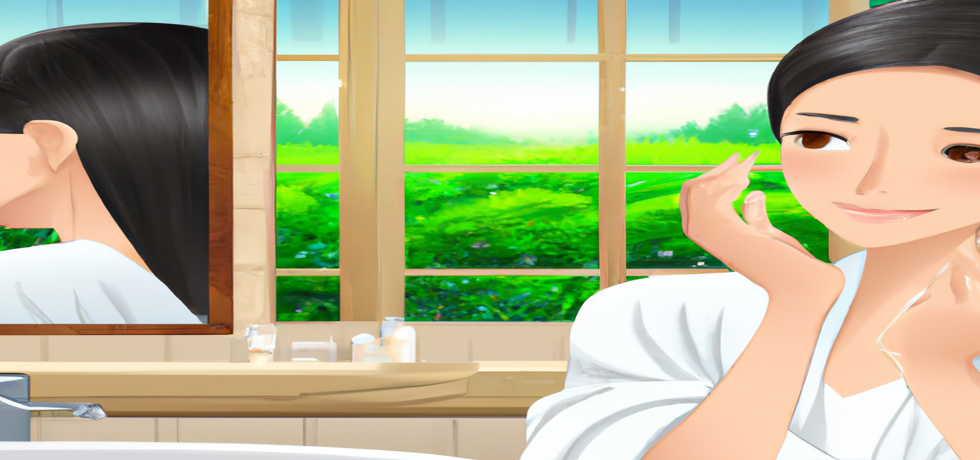
Understanding Hair Fall: What’s Normal and When to Worry
The Normal Cycle of Hair Fall
When you notice extra hair strands on your comb or in the shower drain, its understandable to feel alarmed. However, it’s crucial to know that some degree of hair loss is a normal and natural process. Understanding hair fall is the first step in determining whats considered normal and when it might be time to seek help from a professional. Lets explore the nuances of daily hair loss, including what to expect and how much is deemed concerning.
What’s Considered Normal Hair Fall?
According to dermatology experts, losing about 50 to 100 strands of hair a day is completely normal. Thats right! When you brush your hair, the strands that fall out are merely those that are at the end of their life cycle. This phenomenon is a natural part of the hair growth cycle, which consists of three phases: hair growth (anagen), transition (catagen), and shedding (telogen). Understanding hair fall can help you discern when to relax and when to reach out for assistance.
Identifying Your Hair Fall Rate
A simple way to test your own hair fall rate is through the pull test. Gently pull about 60 strands of your clean, dry hair; if around six strands fall out, youre in the normal range. Furthermore, a comb test can help you monitor hair shedding by combing through your hair and counting how many strands fall out. Remember, understanding hair fall empowers you to track changes and identify issues early.
The Difference Between Shedding and Hair Loss
It’s essential to distinguish between hair shedding and more severe hair loss. While shedding is often temporary and tied to factors like stress and hormonal changes, hair loss can indicate more serious conditions such as androgenetic alopecia, nutritional deficiencies, or thyroid issues. Pay attention to patterns: if you see clumps of hair, bald spots, or significant thinning, its time to chat with a dermatologist to pinpoint the cause of your symptoms.
Common Causes of Increased Hair Fall
Various internal and external factors contribute to normal hair fall. For instance, styling practices like heat treatment or chemical coloring can exacerbate shedding, especially in women. Similarly, life events such as pregnancy, trauma, stress, or hormonal changes can lead to temporary spikes in hair loss. If you notice a sudden increase, it might be helpful to consider any recent life changes or seek expert advice for personalized insights.
Busting Myths Surrounding Hair Loss
There are plenty of myths regarding hair fall, such as the belief that only men suffer from permanent hair loss or that haircuts encourage growth. The reality is that both men and women can experience hair loss, and cutting hair does not affect its rate of growth. Understanding hair fall means separating fact from fiction, empowering you to embrace healthy practices and do what’s best for your hair.
Conclusion: When to Consult a Specialist
Ultimately, understanding hair fall is about knowing what’s ordinary and what’s a cause for concern. If you’re losing more than 100 strands daily or experiencing bald spots, it’s crucial to consult a dermatologist. A professional can help diagnose underlying issues and recommend effective treatments tailored to your situation. Embrace awareness and take proactive steps to maintain the health of your hair.
For professional assistance and expert advice from leading dermatologists like Dr. Hital Patel, experience the benefits of understanding hair fall with Hair & Skin Specialist Dr. Hital Patel at The Skin Artistry. Our clinics in PDPU Gandhinagar, Vastrapur Ahmedabad, and Hyderabad (Visiting Consultant) offer top-quality care and personalized treatments. Visit us today to learn more about our services and take advantage of our special offers! For more insights, updates, or to collaborate, stay connected with The Skin Artistry.

